As I prepare to leave Sweden, I am both excited and fulfilled. As one might have picked up on, my relationship with this country is somewhat lukewarm. Metaphorically, it resembles the typical foodstuffs here. Some very particular goodies, but a lot of potatoes from the rest of it.
It is completely fair to say I am disillusioned. To be frank, I am disillusioned by many nation states. However, (the majority of) my criticism should never be taken as directionless or completely encompassing.
Having lived in Sweden for not quite a year (the Migrationsverket has made that very clear so as to deny me a personnummer) I have much to reflect on: good and otherwise.
To those Scandifiles out there, this post is not further glorification. There are many aspects that are already lauded upon this place: general standard of living and welfare. We know — and we appreciate them.

However, my take on Sweden has unsurprisingly changed since moving here for an admittedly brief time. There are many aspects of Swedish life I have yet to formally or informally encounter — many of which I sadly never may. But, conversely, there are also many parts of Sweden that I suspect some in this country will not ever face, as long as they live, which do not adhere to the marketable pseudo-paradise image that persists among some groups. I was never really one for honeymoons.
Compared to its southern brother, Denmark, Sweden may easily appear more welcoming. However, passport checks in the name of security that have continued since spiked immigration in 2015 defeat the idea of Schengen travel in a way. An anecdote about a dear friend on exchange – a non-EU citizen – who was denied entry after producing the wrong type of ID initially, but not after she had a better understanding of what was asked of her, comes to mind as pointless, but unsurprising. Through enough observation, one can see that these checks have a tendency to be lackadaisical for certain passengers and intimidating for others.

Xenophobia feels almost structural in the careful bureaucracy that prevents many banal students from obtaining a personnummer – essential to even fully establishing a simple gym membership – through visa limitations/ restricted stays to the mistakes that lead to Kompetensutvisningar ‘talent expulsions’ for some of those already here. For a country that prides itself on acceptance and intellect, forwardness — you get the picture — the palpable difference in understanding and treatment (active and passive) of some non-ethnic Swedish nationals and foreigners of colour, who may come across as unfamiliar or exotic, is puzzling. At least, it might be if we did not already know the answer why …
Integration is difficult for many, especially POC. And, from what it seems, it is not from a lack of trying. The national joke of ethnic Swedes’ closeness to others is well-known and publicised to foreigners and new arrivals — as a quip at least. Swedes suffer from its effects as well. Yet, it persists.
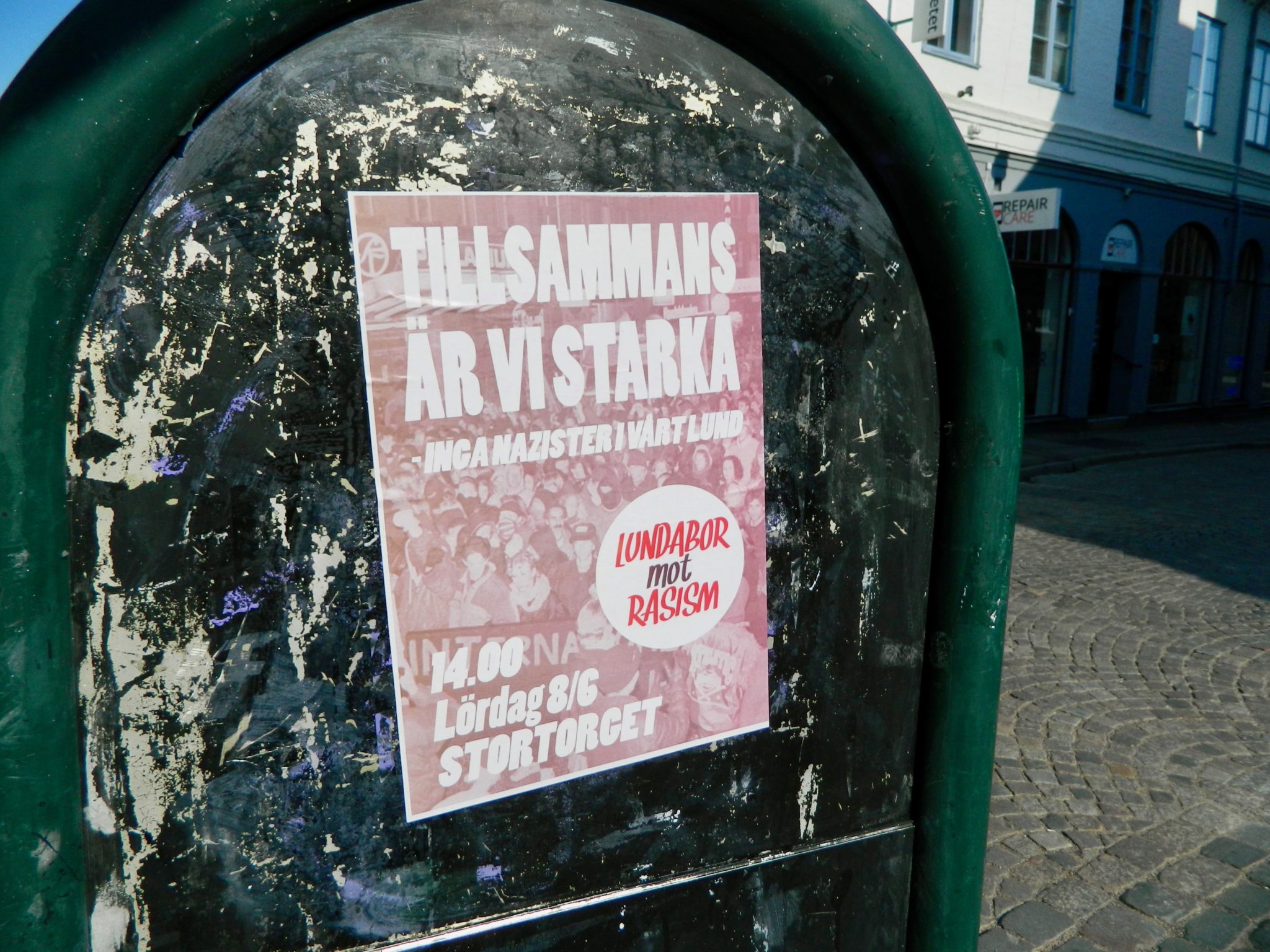
By now, I am also wondering when I am going to start actually listing the things I enjoyed enough to miss from here. And, I will (I swear!) because contrary to what may be called sourness, there are many quirks, norms, and Swedish outlets that I wholeheartedly have come to savour. Many are trivial, I will admit, which speaks to my own position as someone who lives in a country that also has a high standard of living, safety, and decent eduction. (I should never take that for granted and I will not.)
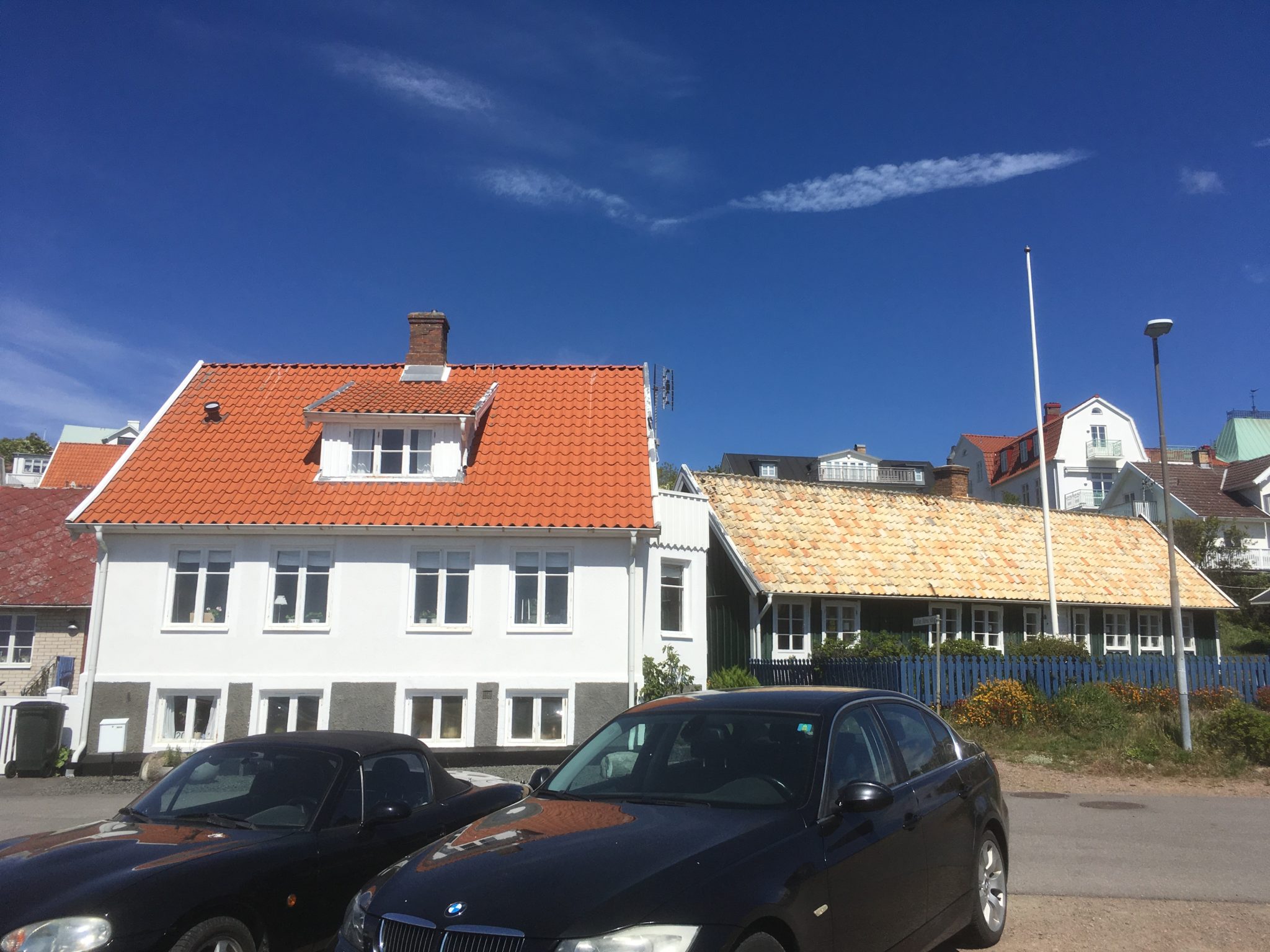
(Photo credits in PintsizedPioneer)
Why this preamble then? A creative rationalisation might be that you never want to oversaturate your palate. And, that conventional wisdom says this notion goes for sweetness too. But, in a more real way, in one I hope some readers can empathise with, there are unspoken and codified perceptions and procedures that have hurt and embarrassed me (and others) that will remain while I leave. And, these systems I will also remember.
I am a little bitter, just like that taste that is left in my mouth. However, strangely, it makes these take aways extra sweet:
Fizzy Fruit Water
I have never really been a fan of carbonated water or beverages for that matter. I do not even drink soda for health and dental reasons.
However, I was converted to a sparkling water lover while in Sweden, as a result of the variety of flavoured fizzy waters they sell at almost every establishment.

One can find an ever changing selection of watermelon, pear, lemon, mango etc. drinks, which hit the spot after a long day. At COOP and other supermarkets, there are also often deals where one can buy a few litres for sale for only 20 SEK. What a steal!

It is the little things in life, eh?
Reactive Crosswalks
Perhaps it is the bureaucracy? Maybe, the amount of biking makes them inherently safer? But, Sweden has some reactive crosswalks, dammit.
Who the fuck ever wants to wait for the crosswalk?
It is a weird thing to notice, but it is true. No one really jaywalks here, so crossing the street requires pressing the cross button. Luckily, there is no waiting around usually.

My theory is that the light changes quickly to cater to pedestrians and bikers (the majority here), which makes it easy to power walk or get to point B without a car. Swedish infrastructure is good in general, but this little beneficial quirk is something that I have grown to cherish as a result of my fast-paced nature.
The light also gives ample time to cross too. No ominous countdown. Hallelujah!
Minimalist Fashion Sense
I am a fan of minimalism in general. I am not that Tinder guy who talks your ear off about only have five shirts and just a mattress … However, when it comes to style, I tend to only possess clothing with animal or plant prints and pieces with which to colour block.
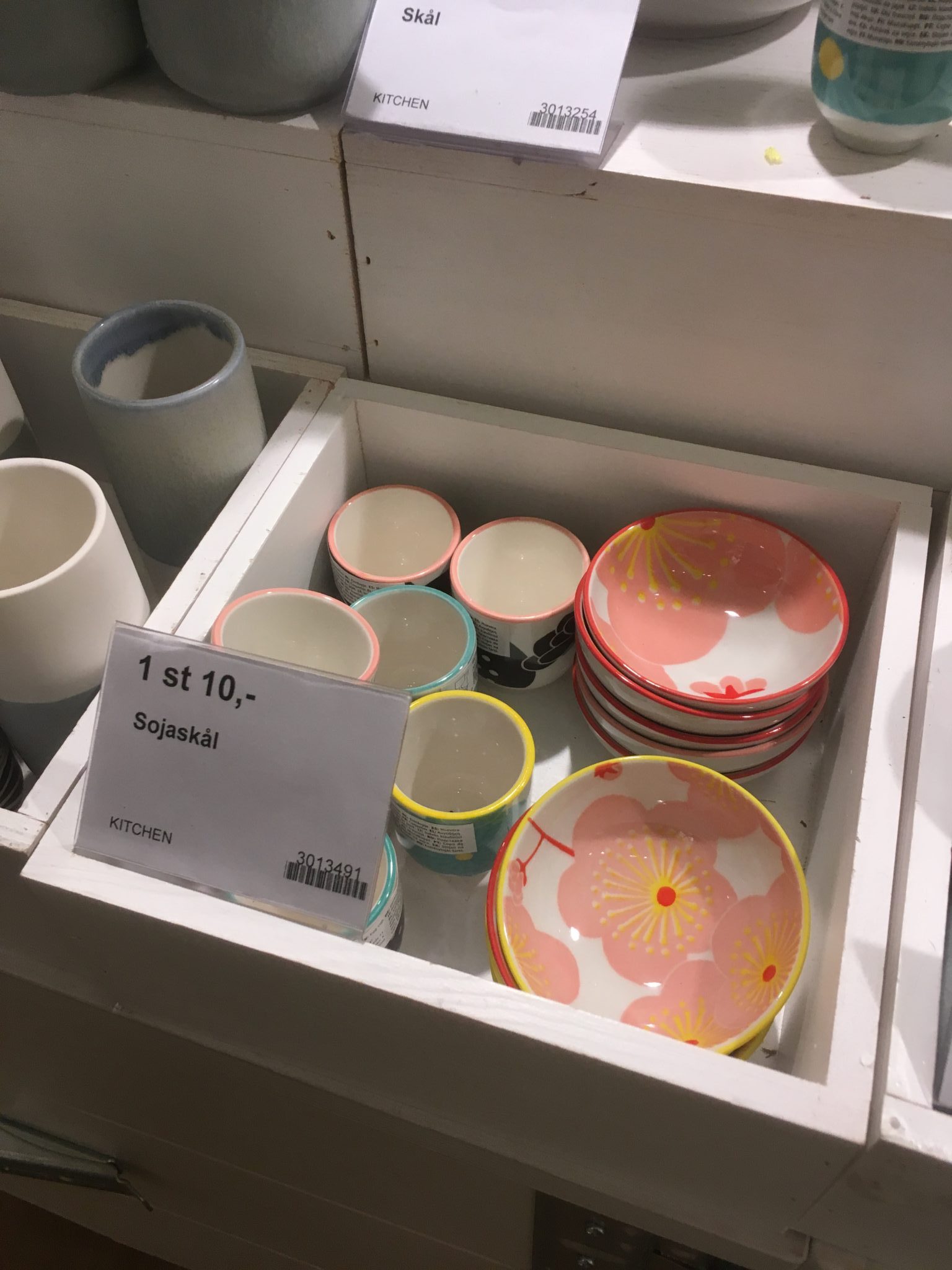
(Photo credits by PintsizedPioneer)
Swedes tend to dress more reserved, but stylish with durable materials and elegant flowing jackets and scarves. Grey and black are common choices with not much else — unless in the summer. Their shoe-game is also usually on point too. Much of the fashion here is recycled and older as a result of thrifting, which gives people a timeless nostalgic look balanced with modern designs and the occasional print.
My Italian friend was telling me one of her friend’s (who is also Italian) has lamented time and again that Swedes do not know fashion. Well, at least not Italian fashion.
Nothing truly gaudy or gold, but knitted, warm, and yet somehow sleek, Swedish style is something to aspire to on a budget and clicks with my non-flamboyant sensibilities.
Dialectology
As an amateur linguist, I enjoy many aspects of language study. One such area is dialectology: the study of dialects. Sweden is home to a rich variety of dialects as a result of its pastoral and widely distributed populace. Speakers can easily identify outgroup varieties, so in a university setting, a trained ear/ native speaker can hear a mix of variants interacting with each other.
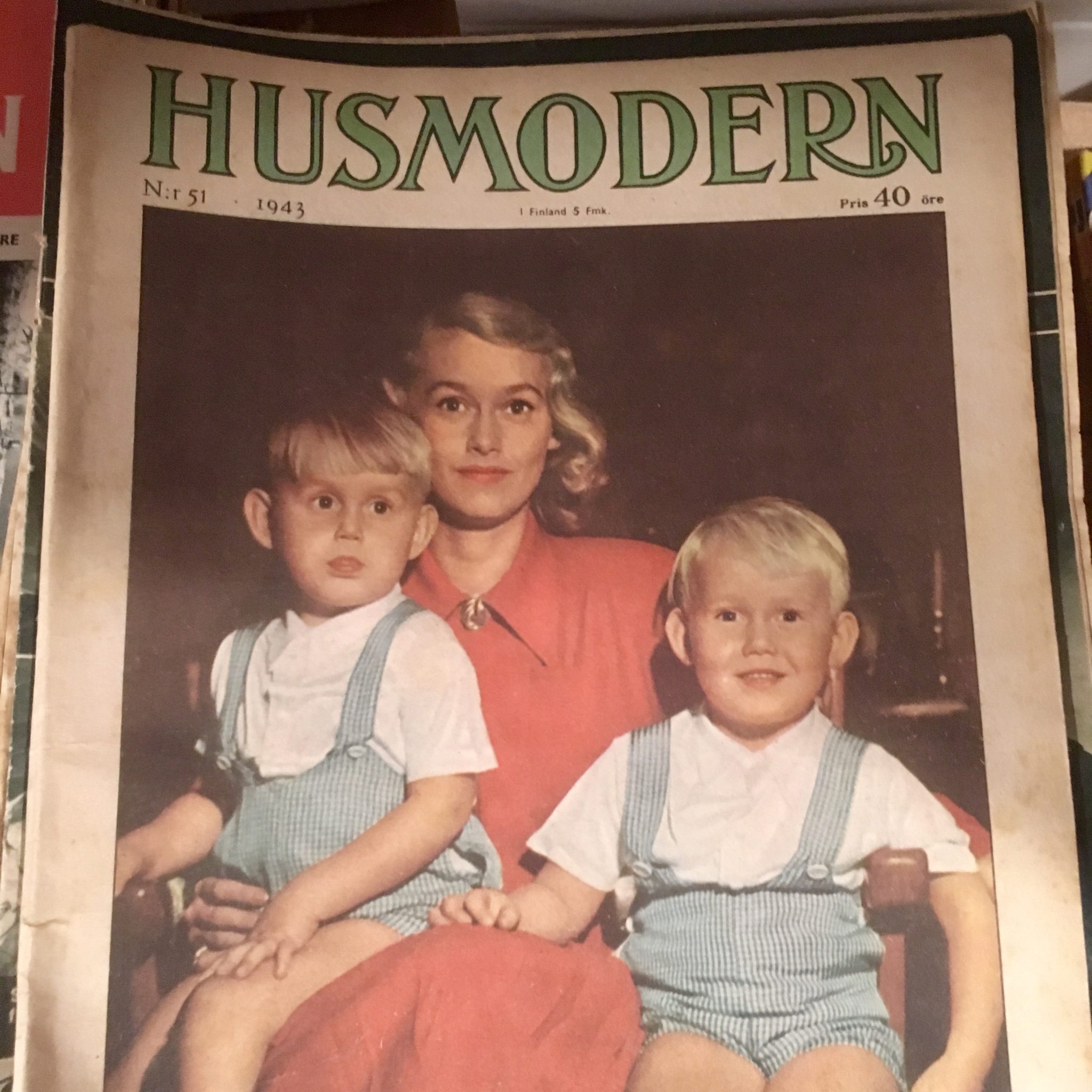
(Photo credits by PintsizedPioneer)
As mentioned before, I was in the area known as Skåne, which possesses the Skånska dialect. This style is a distinct southern variety that has unique diphthongs and vocabulary, which to me sounds like exaggerated Swedish when spoken. A friend from Umeå (far north) speaks an entirely different dialect and confessed he had trouble understanding people when he first arrived. The vast length of Sweden truly makes it fascinating to look at linguistically. Even travelling as little north as Halmstad from Lund, one can hear a different speech variety.
Nestled within its interior are also languages of their own … perhaps? The difference between a language and dialect has always be contested, which is why sometimes, Elfdalian or Övdalian (spoken in Dalarna county) is considered a dialect of Swedish – sometimes – but is more directly derived from Old Norse. However, with Swedish, there is little to no mutually intelligibility (a hallmark of dialects), which places Elfdalian outside the scope of a shared language in at least in one metric.
Other linguistic delights inhabit this country as well including Scandoromani, Jamska, and Meänkieli (a Finnish variety) to name just a few. One might not think of Sweden as a linguistically diverse area, but it truly is within continental Europe.

Among Swedish (as in unarguably Swedish) alone, there is a good amount of diversity, which is something I will miss hearing while I get a sandwich in the SOL (Språk- och litteraturcentrum/ Language and literature centre) café. It was something I looked forward to during my lunches. My Swedish is in no way perfect, but I can do a convincing Scanian accent … I am glad I could add to this linguistic interplay and am sad I will not be able to any longer when I am gone.
Queueing
Personally, I do not mind the queueing in this country. Somewhat like England, Sweden is known for waiting in lines (for about everything).
Some people complain, but honestly, I find it kind of relaxing. I can be alone with my thoughts, listen to some music, and as someone with a little social anxiety, I can plan out what I am going to say to the clerk or teller.

(Photo credits by PintsizedPioneer)
In some places in Sweden, it is customary to take a designated ticket and wait for the attendant to call one’s number. It makes it feel like everywhere is a deli. It is quirky if anything.
Practice a little patience and slow down! Save the speed for the crosswalks!
Gender Inclusivity
Equality. It is something that Sweden seems to have a decent handle on maintaining or at least it likes to claim. When it comes to gender inclusivity, Sweden has certainly taken some major strides in the last decade.
Emblematically, the recognition of the somewhat new gender-neutral pronoun hen embodies acceptance to me. (han is the masculine 3rd person singular while hon is the feminine variant.) Sweden codified this message into its very language. Well done.
In my historical linguistics course, we discussed how this adoption of a pronoun (which is extremely rare – it is a closed word class) resembles the Finnish 3rd person singular pronoun hän, which already is gender neutral because Finnish is just like that. The professor remarked how some Finns might be quite pleased with themselves that their Scandinavian neighbours chose to “adopt” something like this into their lexicon that so closely mimics their own.
Sweden is very accepting when it comes to gender expression as a whole. And, I wanted to highlight this tendency because it is ultimately different than mainstream gay acceptance. However, they are often confused or equated to each other.
However, the prototypical hunky cisgender gay men who are often the poster children for the rather diverse queer populace (do not ask me how they got the jobs, I wonder too) tend to forget or actively ostracise our gender non-conforming and trans friends. Many countries that have a good track record in gay & lesbian positive legislation also have rampant transphobia. As one already realises, Sweden is in no way perfect. And, this statement also applies to gender and sexual identity, as there is still prejudice. But, Sweden has taken majors leaps to ensure protections now as well as compensation for those who have faced discrimination in the past. I have deep respect for these acts.
I feel safe in Sweden as a queer man who at times likes to accessorise with a dangly earring. (It is non-conforming for me anyway …) I am happy that younger people than I have an environment where they can experiment with identity and expression.

(Photo credits by PintsizedPioneer)
However, I have seen this doctrine of equality also called upon for nefarious purposes …
Like in Canada, a nation’s self-perceived goodwill can make some have a false sense of superiority over others. And, it can also leave us blinded to deep inequities of the state …
For example, Sámi Parliament is powerless. It sounds so official, but the central government does not consult with them nor do they have to even. Also, only 5% of Sámi in Sweden can legally exercise their land rights. Reindeer husbandry (iconic in modern Nordic imagery and central to Sámi culture) is restricted to only now specific family lines who have maintained this practice after massive amounts of forced assimilation. A common argument used to limit Sámi’s Indigenous rights is that in recognising them would infringe upon constitutional equity and thus grant the Sámi special rights. These then in turn would be unobtainable to the typical Swede, which would be ‘unacceptable’. Of course, Sámi are not typical Swedes. They are distinctly Sámi, and their land use predates Swedish borders.
It is as if they forget that feminism intersects with Indigeneity. At least, it should if our goals are the same. There is still much work to be done legally to ensure an equitable and inclusive Sweden for all.
Cider
Swedes love their sweet ciders (and in extension, beers too)! Do not ask me why, but nothing is more popular than a good ol’ Somersby in the summer or even the winter during a university pregame! As one should, they serve it with ice, which makes it even more refreshing.
The selection of ciders (not just Somersby) are also quite diverse and change seasonally in Sweden too. Although it might be pricey (and only sold at Systembolaget …), the cider in Sweden is iconic for a reason!
National Obsession with the Consumption of Sugar
As one might expect by now, Swedes have a thing for sugar. I am not joking.

Sweets are cherished in this country more so than anywhere else (at least that I have seen). Adults go into candy stores and leave with gummies, soda is extremely popular, baked goods are everywhere, and fika-ing just provides another time for consuming these types of treats.

I have no idea why this sugary impulse is part of the national palate, but it is.

The affinity for sweets also means that many Swedes love to bake, which I think is just super. Talking with Swedes about baking is a little joy I found, as I too love to make cakes and pies in my spare time. However, unlike them, I am not a fan of sweet foods, so I usually give them away. For Swedes, this tendency/ preference is unheard of, which I guess would make me the perfect Swedish neighbour … if Swedes ever interacted with their neighbours …

(Photo credits by PintsizedPioneer)
Nudity
Nudity might not come to mind when one thinks of Sweden. However, this country with its sauna culture has a tendency to not to care about nakedness in the right contexts.
For this reason, one should not feel too riled or surprised by some Swedes’ casualness in a state of undress.
I like to keep the situations in which I am nude private or in other specific scenarios – not amongst strangers and their children in the locker room. Nevertheless, it is charming in a way to be in a place where nudity is so normalised. It is just the human body: nothing to fear.
Melodifestivalen
As we know, Eurovision is sort of a unifying force in Europe if not superficially. It is also extremely popular with the Gays™. In Sweden, they take it to a whole other level.

(Photo credits by PintsizedPioneer)
Melodifestivalen is a song competition in preparation for the bigger song competition where Swedish singers compete to be the national nomination.
The winners of each region head to the finale that is just as popular as the real Eurovision. It is something that Swedes will sit down and enjoy together as well as a facilitator for many a drinking game.
It is actually quite fun to watch (even if one does not speak Swedish) and is a great way to look into the Swedish popular music scene. Watching it with Swedes, one learns about little cultural insights and quirks and histories that help one understand Swedish pop culture a little better too. I, for sure, will be watching next year – if not just the highlights – to keep up with all the memes.
There are a lot of memes from this show! Glorious!
Små grodorna: The Little Frog Dance
Midsommar is likely Sweden’s most famous and popular holidays. Known for its iconic maypole, people drink, wear flower crowns, and celebrate the coming summer.

(Photo credits by PintsizedPioneer)
One of my favourite features of midsommar (even though I was not able to celebrate it myself) is the små grodorna or little frog dance. A circular, chanting step that any Swede at any age will do, it is an adorable group action to watch.
The lyrics are as followed:
Små grodorna, små grodorna är lustiga att se. [The small little frogs, the small little frogs are fun to see.]
Små grodorna, små grodorna är lustiga att se. [The small little frogs, the small little frogs are fun to see.]
Ej öron, ej öron, ej svansar hava de. [No ears, no ears, no tail do they have.]
Ej öron, ej öron, ej svansar hava de. [No ears, no ears, no tail do they have.]
Kou ack ack ack, kou ack ack ack, [onomatopoeia]
kou ack ack ack ack kaa. [onomatopoeia]
Kou ack ack ack, kou ack ack ack, [onomatopoeia]
kou ack ack ack ack kaa. [onomatopoeia]
With enough Swedes in a given location, one can encourage them to do it out of season. That is how I have witnessed it a few times.
It is really funny to watch adults do it (also while they are drunk). And, it is something quite atypical for Sweden in general. I mean, people are being silly, and out of order, and making noise. Of course, alcohol is involved, which in this country is essential for this sort of thing. However, even without it, it is still something Swedes find a lot of joy in, which I fully support.
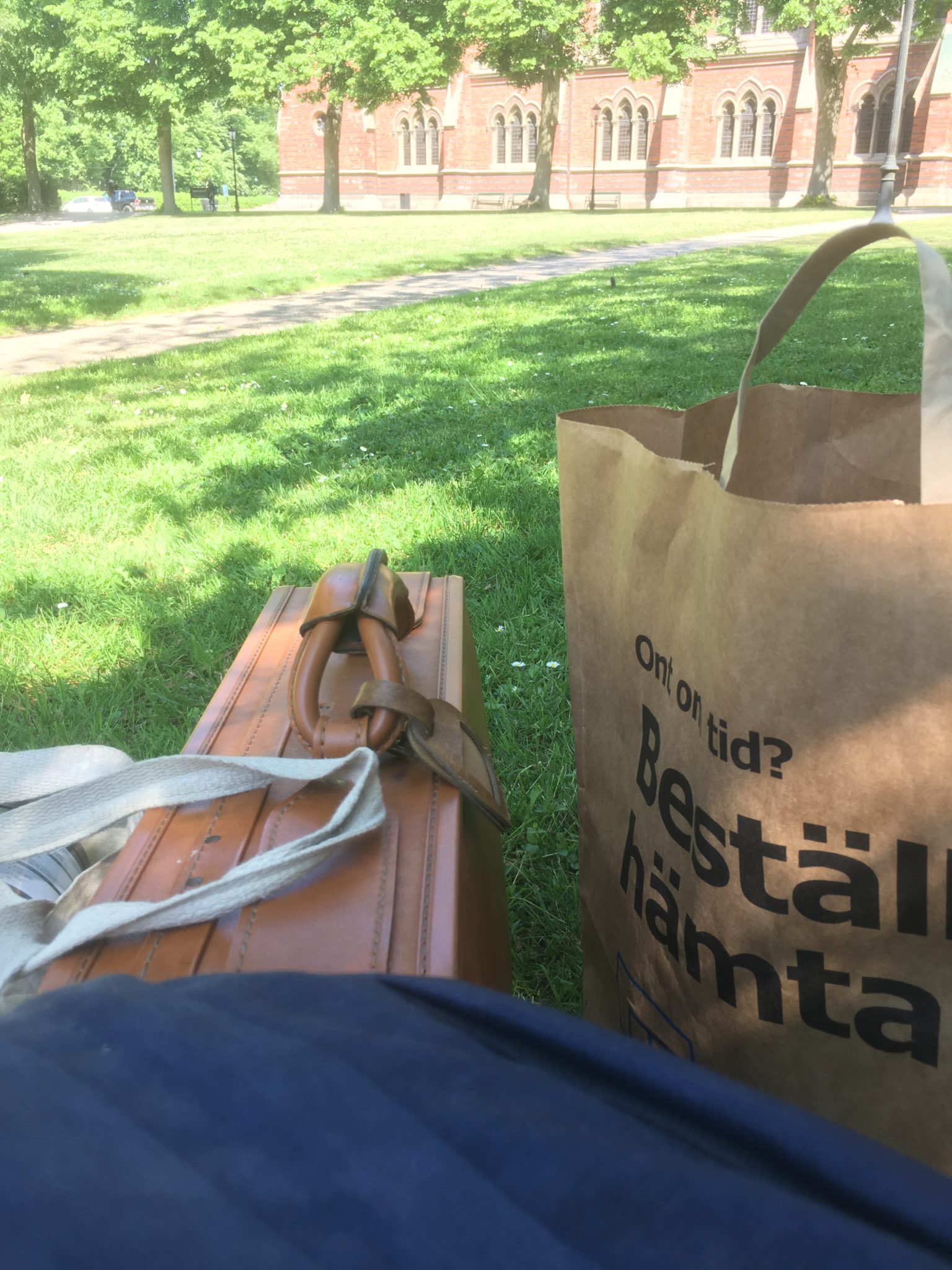
And, just like that, it is over. I am out of Sweden. It is definitely a country I may return to, but not one I will live in again. We do not have that spark. But, as I have elaborated on, there are experiences and pieces of life I will miss now away from the country. It is the same as any break up (even for the better) … it is the details that we remember and enjoy the most.
More to come about where to eat on a budget in Lund and in Skåne in general! And, of course, all the backpacking I just finished: Germany, Italy, Cyprus and Turkey! Travel safe and often.
